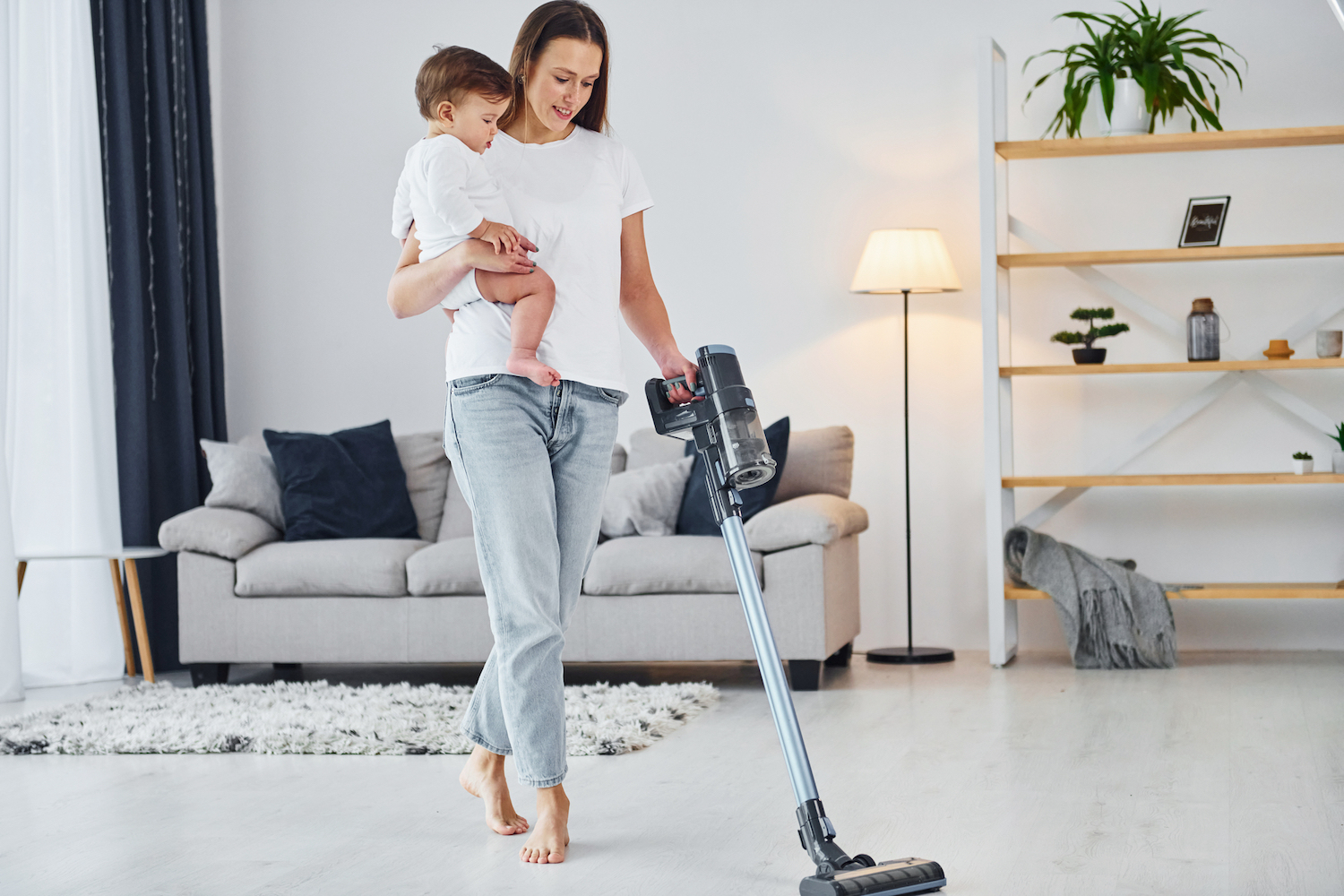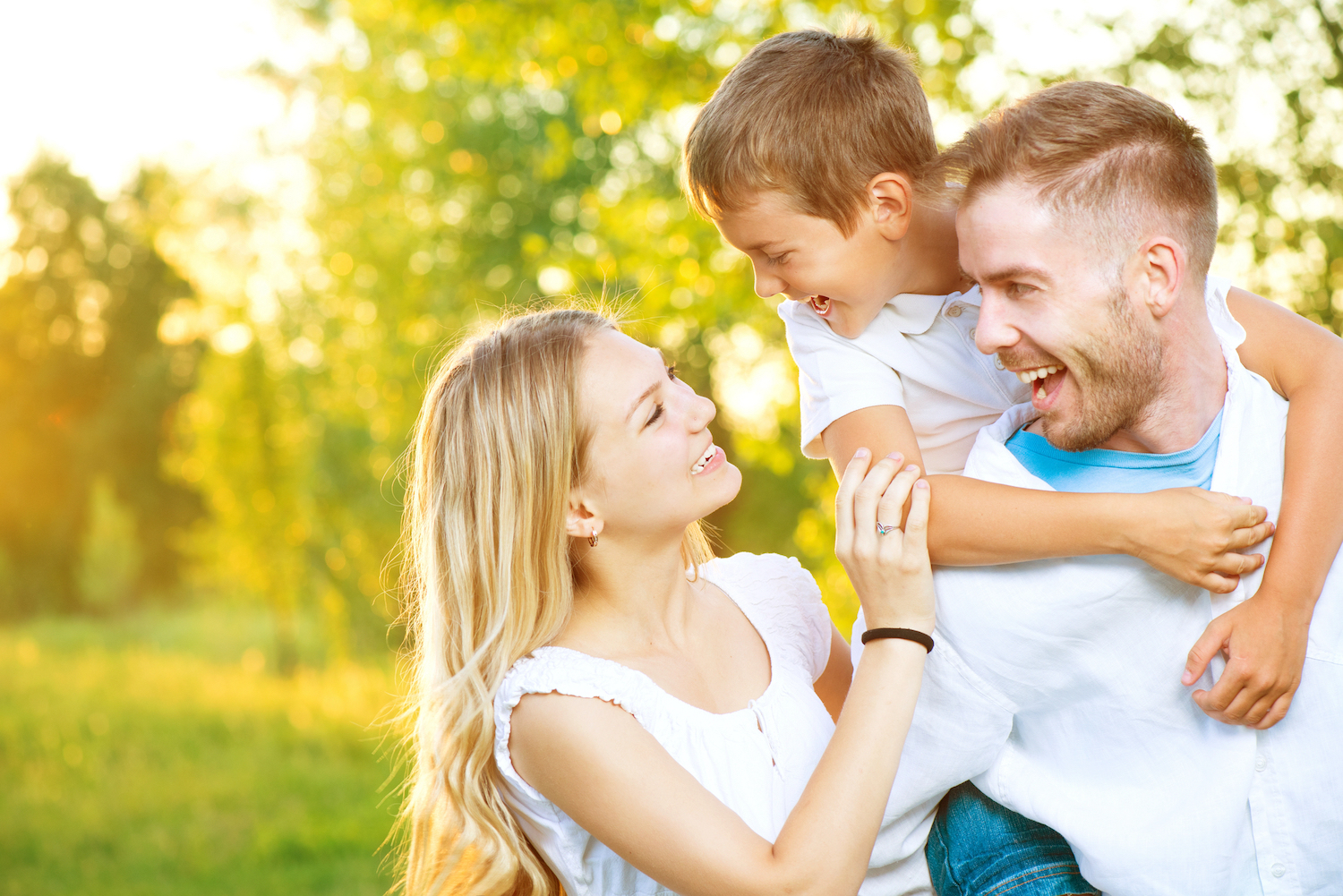Being a new parent, whether it’s your first baby or you’re growing your family, brings countless joys, but it also comes with the responsibility of keeping your baby safe in every aspect of daily life. One area that often goes unnoticed is the safety of household cleaning products. While these products are designed to disinfect and keep your home spotless, many contain harsh chemicals that can be harmful to babies and young children. Given their sensitive immune and respiratory systems, it’s crucial to be aware of these risks. Opting for safer, homemade alternatives can make a big difference in creating a healthier, more secure environment for your little one.
The Hidden Dangers of Traditional Cleaning Products
Cleaning products, whether in liquid, spray, or powder form, often include powerful chemicals such as ammonia, chlorine, and sodium hydroxide. While these ingredients are effective in eliminating bacteria, they can also be hazardous to human health, especially to babies. Babies and young children have more sensitive respiratory systems and skin than adults, making them more vulnerable to allergic reactions and other health issues.
For instance, exposure to cleaning products containing ammonia or chlorine has been linked to respiratory issues, including asthma and rhinitis. According to a study published by the American Academy of Pediatrics, young children are particularly vulnerable to indoor air pollutants, which can contribute to the development of allergies and respiratory conditions. The CDC also highlights that chemicals in household cleaners can irritate the skin, eyes, and respiratory systems of infants and young children. Thus, it’s essential to take preventive steps to protect our babies from these hidden dangers.
Switch to Safer, Homemade Cleaning Solutions
Even if you don’t have a baby, choosing non-toxic cleaning solutions is a good practice for both your health and the environment. Homemade cleaning products are an excellent alternative to store-bought chemicals. By using simple, natural ingredients, you can create effective cleaning solutions that are safe for your little ones. Below are a couple of easy-to-make recipes you can try:
1. All-Purpose Spray Cleaner
One of the most popular and effective homemade cleaning solutions is an all-purpose spray cleaner. It’s simple to make and can tackle a variety of cleaning tasks around the house. Here’s what you’ll need:
- 1 cup castile soap (liquid form)
- 1 cup water (tap or distilled)
- 1/2 cup white vinegar
- 10–15 drops of essential oil (such as lavender, tea tree, or lemon)
Vinegar contains acetic acid, which has antimicrobial properties effective against various bacteria and viruses. Its use as a disinfectant is well-documented, making it a safe alternative to chemical cleaners.
Essential Oils for Cleaning and Mood Enhancement:
-
Lavender Essential Oil: Known for its calming effects, lavender oil has been shown to reduce stress and anxiety. A systematic review found that lavender aromatherapy significantly decreases stress levels. ScienceDirect
-
Tea Tree Essential Oil: Renowned for its antimicrobial properties, tea tree oil is effective against a broad spectrum of pathogens. A comprehensive review highlighted its antiseptic and anti-inflammatory actions. ASM Journals
-
Lemon Essential Oil: While specific studies on lemon oil’s mood-boosting effects are limited, citrus scents like lemon are generally associated with improved mood and mental clarity. Incorporating lemon oil may contribute to a more uplifting environment.
Alternative to Vinegar for Sensitive Surfaces:
For surfaces like granite that may be sensitive to vinegar, consider using diluted castile soap or a baking soda solution as gentler cleaning alternatives.
Incorporating these natural ingredients into your cleaning routine can enhance both the cleanliness of your home and the well-being of its occupants.
Tip: Store this cleaner in a glass spray bottle to avoid chemical leaching from plastic containers and maintain the efficacy of the essential oils. Although this is an all-purpose cleaner, it may not be suitable for all surfaces, so always test a small area before use.
2. Reusable Cleaning Wipes
Another option is to create reusable cleaning wipes. These are especially useful for quick cleanups and are an eco-friendly alternative to disposable wipes. Here’s what you’ll need:
- 1 roll of cotton rags or reusable cloths
- 1 cup water
- 2 tablespoons castile soap
- 15–20 drops of essential oils (citrus oils like lemon, orange, or grapefruit)
Place the cloths in a mason jar and mix the ingredients until well-combined. Store the jar upside down to ensure the wipes absorb all the liquid. This recipe eliminates the need for harsh chemicals, and the citrus oils provide a natural antibacterial effect while leaving your home smelling fresh.
Why Homemade Cleaners Are Better for Baby
Homemade cleaning products have several advantages over traditional chemical cleaners. First, they’re non-toxic, making them safe for babies who tend to crawl and explore surfaces. A study from the National Institute of Environmental Health Sciences suggests that non-toxic cleaning solutions are significantly less likely to cause respiratory distress or allergic reactions in infants. Additionally, these cleaners are much more environmentally friendly, as they reduce chemical runoff and minimize plastic waste, which can contribute to pollution and waste accumulation.
Reorganising Your Cabinets for Safety
As you embrace these safer cleaning methods, reorganising your cleaning supplies is a good idea. Remove toxic chemicals from your cabinets and make room for your new homemade cleaning solutions. Storing cleaning products in childproof areas is essential to avoid accidents. For example, place your homemade cleaners in containers with secure lids and keep them out of reach of curious little hands. Having a designated, easily accessible cleaning station will make your cleaning routine smoother and safer, especially when accidents occur and you need to act quickly.
Creating a Cleaning Schedule that Works for You
When you have a baby at home, cleaning can feel overwhelming. The key to keeping your home safe and tidy without adding stress is to establish a realistic cleaning schedule. Break your tasks into manageable chunks, and focus on one area at a time. Studies from psychologists specializing in stress management show that having a structured routine can reduce anxiety and help parents feel more in control. Instead of trying to get everything done in one go, set aside time each day for small tasks to maintain a clean and organized space.
Embracing Creativity and Flexibility
Keeping your home clean and organized doesn’t have to come at the expense of your creativity or comfort. As a parent, you may feel overwhelmed by the need to maintain a spotless home, but remember that your baby’s health and well-being are your top priority. Use creative solutions, such as wearing a baby sling to carry your little one while you clean, or involve older children in age-appropriate chores. Finding flexible ways to maintain a clean home can also reduce stress and help you focus on the more important aspects of parenting.
Final Thoughts: Small Changes, Big Impact
By replacing traditional chemical cleaners with safer, DIY alternatives, you can create a healthier, more sustainable home for your baby. Additionally, by staying organized and sticking to a manageable cleaning schedule, you can reduce the stress of keeping up with household chores. Protecting your little one from harmful chemicals while maintaining a clean environment is possible, and with these simple solutions, you’re well on your way to creating a safer, more comfortable home.
For more resources on creating a safer home for babies, check out these credible sources:
-
-
American Academy of Pediatrics (AAP):
- Chemical Exposure from Personal Care Products: This resource provides clinical guidance on the effects of chemical exposure from personal care products on children, emphasizing the importance of being mindful of cultural practices that may confer safety risks. Home | AAP
- Safety Around Household Chemicals: This guide discusses the need for parents and caregivers to take extra steps to keep harmful items out of children’s reach, highlighting the importance of childproofing the home environment. HealthyChildren.org
-
Centres for Disease Control and Prevention (CDC):
- Preventing Infectious Diseases: This resource outlines strategies such as hand hygiene, cleaning, sanitizing, disinfection, and ventilation to help early care and education providers protect the health of children in their care. CDC
- How To Clean and Disinfect Early Care and Education Settings: This guide provides recommendations for cleaning, sanitizing, and disinfecting surfaces in settings where young children are present, emphasizing the importance of these practices in preventing the spread of infections. CDC
-
Environmental Working Group (EWG):
- Guide to Healthy Cleaning: The EWG offers practical solutions to protect families from everyday exposures to potentially harmful chemicals found in cleaning products, advocating for transparency and health standards in product ingredients. EWG
- EWG Verified® Program: This program identifies cleaning products that meet EWG’s strict standards for health, helping consumers find safer options. EWG+1EWG+1
-
World Health Organization (WHO):
- Children’s Environmental Health: WHO highlights that children are particularly vulnerable to environmental risks, including exposure to hazardous chemicals, and emphasizes the importance of reducing these risks to prevent adverse health outcomes. World Health Organization (WHO)
- Guidance on Chemicals and Health: This resource discusses the health risks associated with exposure to environmental chemicals in children during critical developmental stages, providing scientific principles for assessing these risks. World Health Organization (WHO)+1Iris+1
Ensuring the safety of household cleaning products is crucial for families with young children. Several reputable organisations offer guidelines and information on this topic:
-
These resources collectively offer comprehensive information and guidelines to help parents and caregivers make informed decisions about cleaning practices and product choices, ensuring a safer environment for their children.
Small changes in your cleaning routine can have a big impact on your baby’s health. Take action today and make your home a safer place for everyone!









